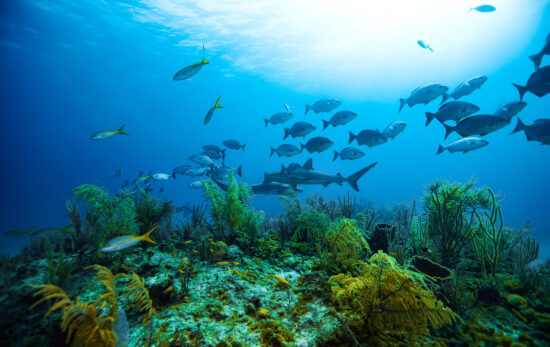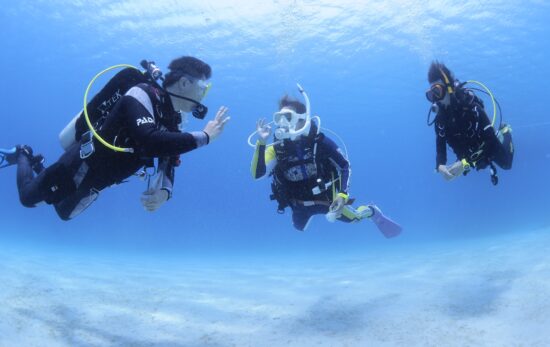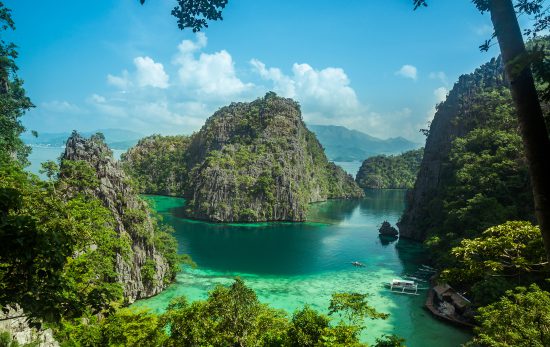Over the years, I’ve written hundreds of articles about scuba diving. The article you’re reading right now, about the best diving destinations in the Philippines, was one of the most challenging.
The Philippines is a nation of more than 7,000 islands located in the Coral Triangle. It’s one of the best places to dive with sharks (including whale sharks), it has colorful reefs, world-renowned muck diving, and historic wreck dives. Oof! Choosing the five best diving destinations in the Philippines is like trying to make a list of Meryl Streep’s five greatest acting performances or the five best Beatles’ songs. Each person you ask will have slightly different answers.
In the end, I wrote the list based on the different types of divers who might be reading this article (new divers, experienced divers, etc.). Choosing the best of the best, that’s up to you!
Cebu
Best for divers who: want a variety of diving experiences
On my first visit to the Philippines, I wanted to see as much as possible, so I did a liveaboard out of Cebu that sailed around The Visayas. We visited both Malapascua Island (one of the best places to dive with thresher sharks) and Gato Island, known for its 30m/100ft tunnel.
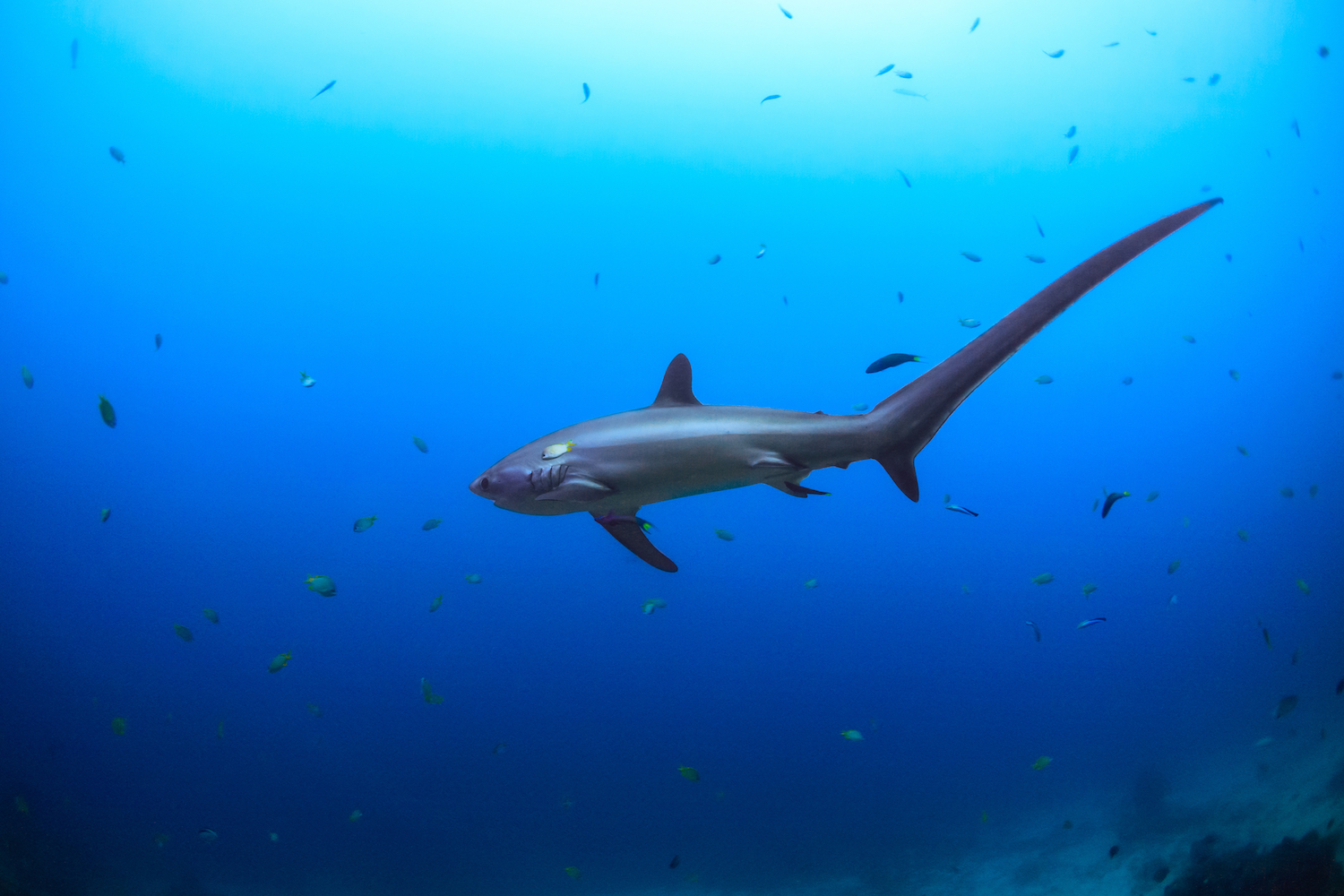
If you prefer land-based diving, Mactan Island (where Cebu’s airport is located) has great shore diving, wall, and drift diving. Common marine life sightings in and around Cebu include: whitetip reef sharks, eagle rays, dolphins, and manta rays (Dec-May).
Tubbataha
Best for divers who: enjoy liveaboards, want to see sharks and large pelagics
On my first dive trip to the Philippines, I asked our guide, “In your opinion, where’s the best diving in the Philippines?”
He immediately replied, “Tubbataha.” It should be noted that our guide was from Malapascua and he had grown up diving all around The Central Visayas.
Our guide said he loved Tubbataha for the big pelagics and its biodiversity. He said every time he dove there he saw creatures he’d never seen before.
Tubbataha is one of the premier scuba diving locations in the Philippines and a UNESCO world heritage site. The only downside? Tubbataha’s diving season is limited to mid-March through mid-June and you can only dive Tubbataha from a liveaboard.
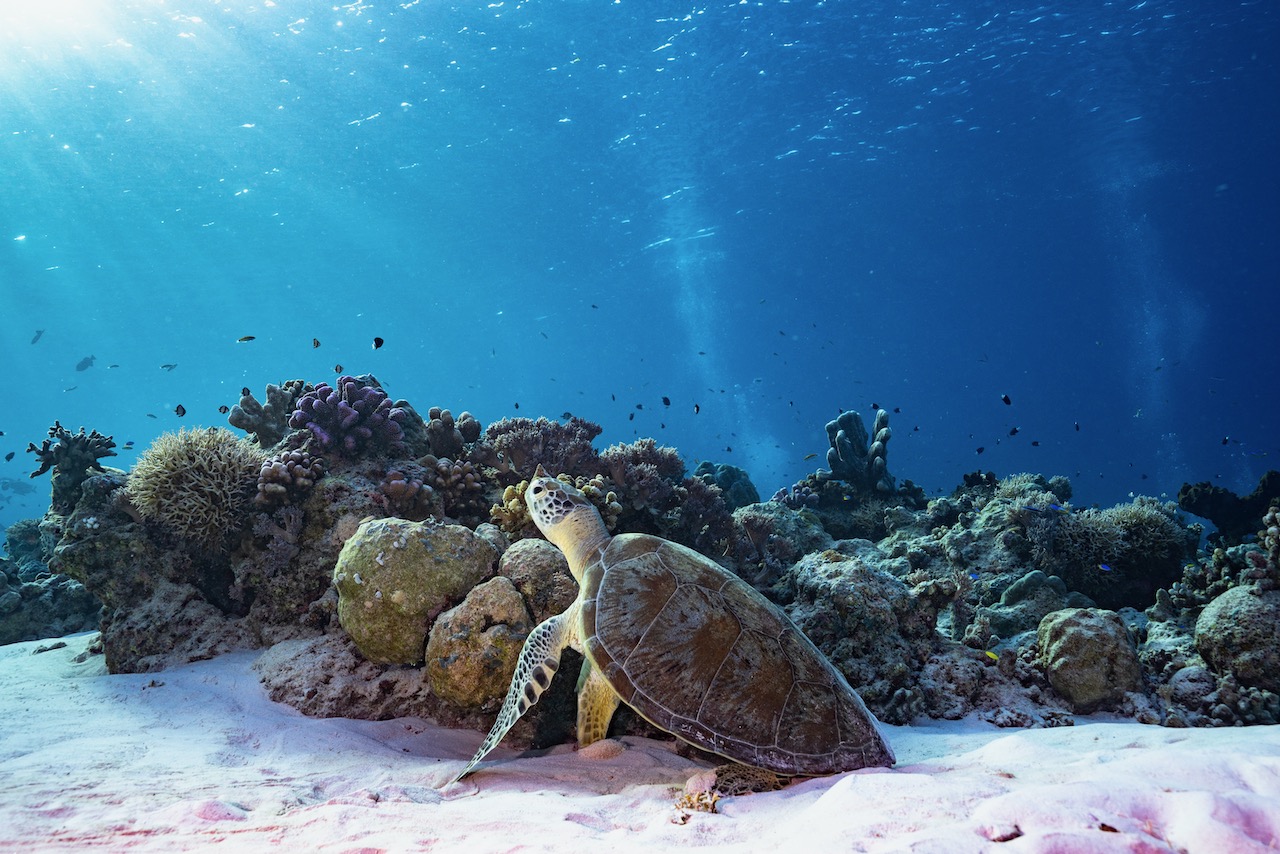
Puerto Galera
Best for divers who: want a destination with numerous activities for non-divers, nightlife, and/or dive sites for all levels (beginner through advanced)
Puerto Galera has something for everyone: advanced divers, underwater photographers, beginner divers, and even non-divers. Topside activities include: waterfall and mangrove treks, luxury spas, shopping, and more.
Underwater you’ll find wrecks, large schools of fish, turtles, reef sharks, eagle rays, and 800+ species of nudibranchs (finding all of them may take some time). Puerto Galera also has top-notch night diving.
Coron Bay and Apo Reef
Best for divers who: want to dive historic wrecks and colorful reefs
Coron is stunning both above and below the water. Topside you’ll pass between dramatic limestone cliffs covered in lush, green vegetation. Underwater there’s even more to explore including historic WWII wrecks and caverns.
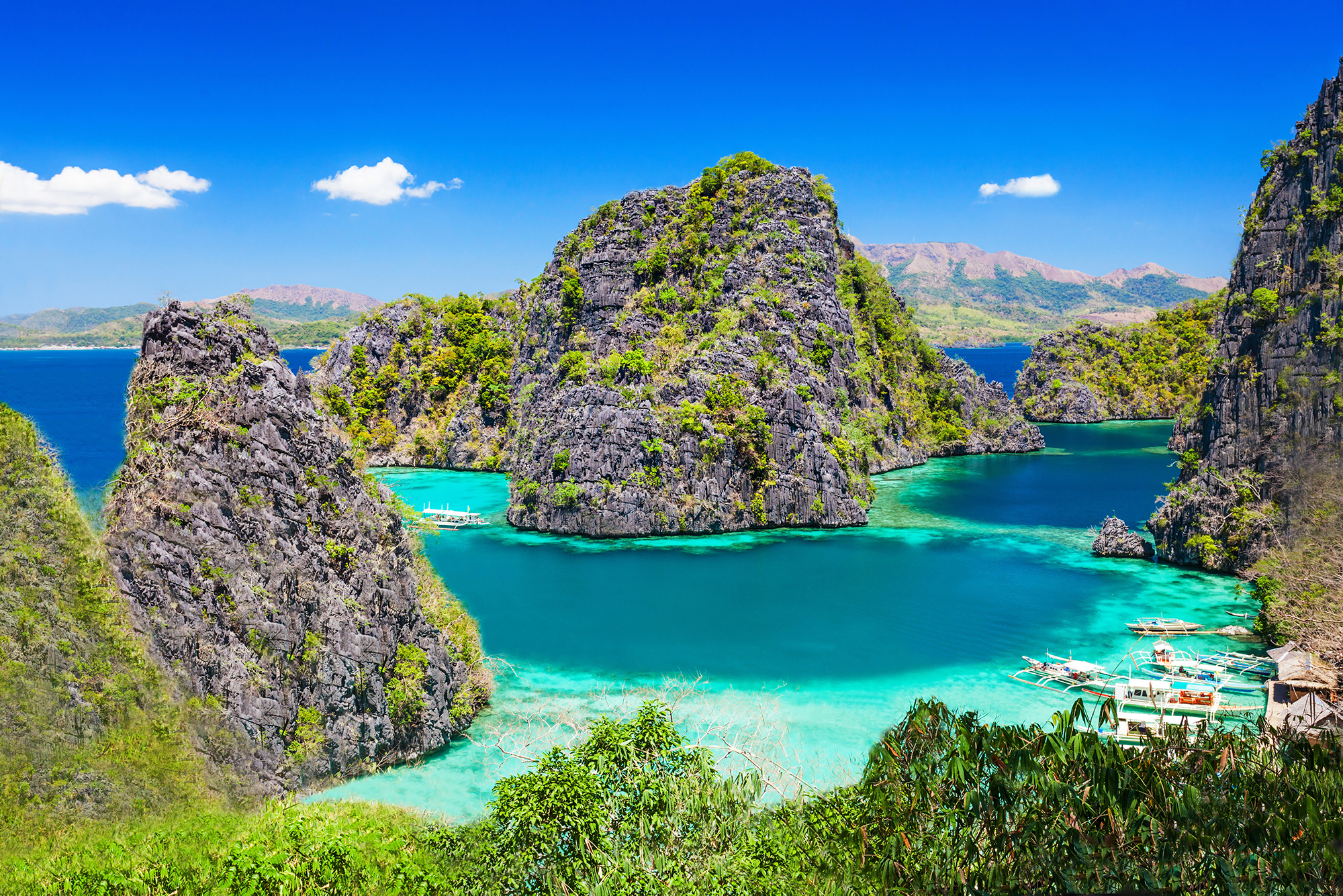
- Most of the eleven wrecks in Coron are accessible to recreational divers. It’s a great place to earn your PADI Wreck Diver certification.
- Cave and Cavern Diving require proper experience and training.
If you dive Coron via a liveaboard, there’s a good chance you’ll also visit Apo Reef, the second-longest contiguous reef in the world (after the Great Barrier Reef). Apo Reef, not to be confused with Apo Island, is home to colorful coralscapes, a variety of reef sharks and schools of pelagic fish.
Anilao, Batangas
Best for divers who: love small and strange creatures, want to minimize flight connections
Anilao is a protected marine sanctuary just 140 km/86 m south of Manila. After stepping off the plane, it’s only a two-hour drive to colorful reefs and swaying palm trees.
There are more than 75 dive sites just a short boat ride from shore. Many are home to bucket list macro critters like hairy frogfish, mimic and blue-ringed octopuses, mantis shrimp and bobbit worms. You’re also likely to see whitetip and blacktip reef sharks, eagle rays, stonefish, dolphins, hawksbill turtles and, manta rays (from December to May).
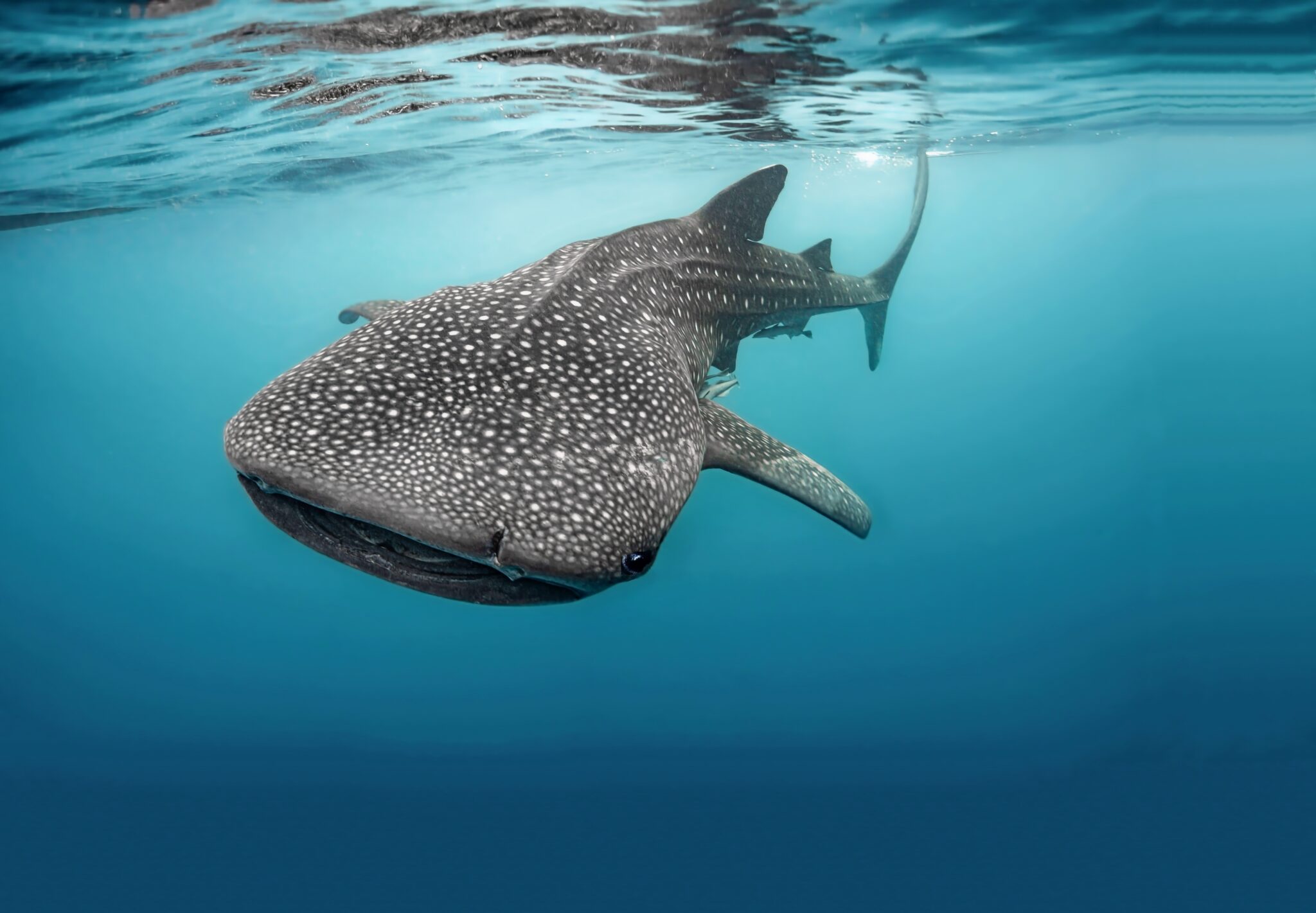
Donsol Bay
Best for divers who: want to swim and snorkel with whale sharks
Strictly speaking, Donsol Bay should not be included as one of the best diving destinations in the Philippines but due to the regulated whale shark snorkeling tours on offer it is definitely worth a mention. Donsol is a small town in the Province of Sorsogon on Luzon Island that has been put on the map thanks to these phenomenal whale shark encounters. In Donsol Bay, scuba diving with the whale sharks is not allowed, but whale shark snorkeling is permitted. For those who want to dive with these sharks, it is possible to move to a nearby location instead. However, encounters at diving sites are not regulated which can result in the animals becoming stressed.
If you are seeking a natural experience that prioritizes the welfare of these giants, Donsol Bay’s regulated snorkeling tours encourage passive observation and non-invasive encounters.
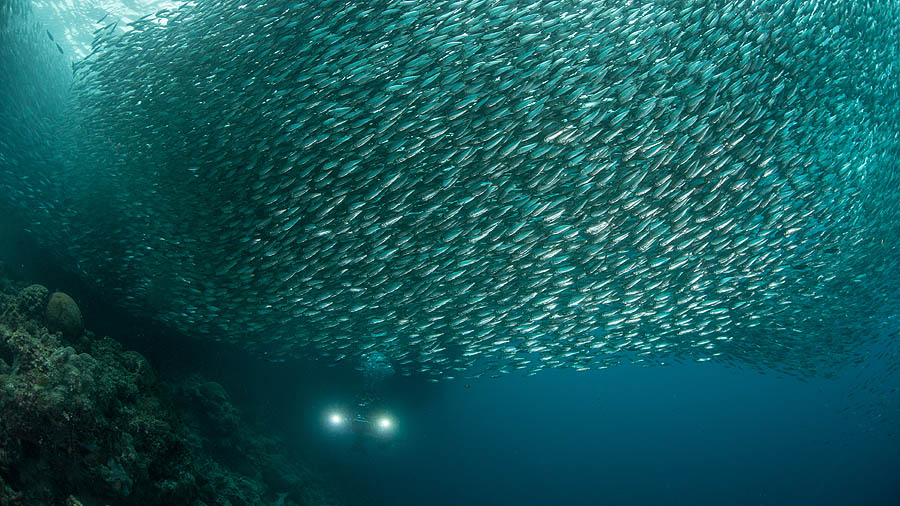
Moalboal, South Cebu
Best for divers who: want to experience a ‘sardine run’ with shoals of sardines in the tens of thousands
Moalboal is located south of Cebu and has been made famous due to the large shoals of sardines that can be seen here all year round. This is a sardine run that is not dissimilar to the South African Sardine Run but unlike in South Africa, Moalboal’s Sardine Run takes place just in front of Panagsama Beach, every single day!
When to Dive Moalboal and How Deep:
Although it’s possible to dive here all year round, the best conditions (top side) are from November to April which is the dry season in the Philippines. Due to the proximity of the sardines to the shore, it can become busy during this time with snorkelers and free divers too – so there are some advantages to visiting in the low season, or at least, avoiding weekends.
The schools and shoals are so huge that they can be dived at almost any depth. The sardines are found on a steep drop off which divers can use to navigate their descent and ascent comfortably. Diving conditions are generally calm and the site is suitable for all levels of divers,
Aside from Sardines…
When you are not diving with the sardines, Moalboal also offers several coral reef dive sites that are bursting with color and teeming with abundant tropical reef fish and critters. Other highlights of diving in Moalboal include diving nearby Pescador island which offers a wealth of critters and stunning corals on the wall, there is also a tunnel dive on Pescador that runs from 18 meters/60 feet to 40 meters/130 feet.
Topside, Moalboal is a fun destination with tropical island vibes. If you are traveling with non-divers there are plenty of land tours for them to join as well as snorkeling with the sardines!
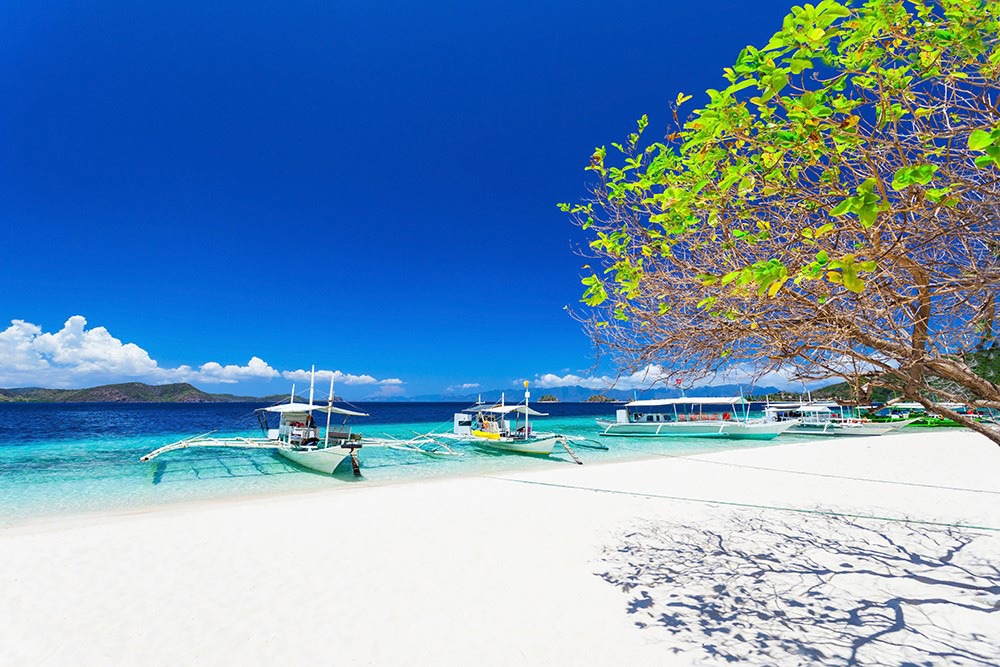
Boracay
Best for divers who: want great diving combined with relaxing and good nightlife
When it comes to the best diving destinations in the Philippines, it’s hard to ignore Boracay. The stunning island of Boracay is located south of Manila and is well known for the paradisical white sand tropical beaches that resulted in it being voted the best luxury island in the world to visit in 2024. However, many visitors to Boracay do not know what lies just off the white sand beaches and beneath the surrounding crystal clear waters. Divers in Boracay will be treated to vibrant dive sites with healthy and productive coral reefs supporting diverse marine life.
Marine Life
The Sulu Sea and the Sibuyan Sea that surround Boracay are home to a vast wealth of tropical reef fish including lionfish and scorpionfish, moray and ribbon eels, parrotfish, puffers and boxfish, butterflyfish, angelfish, triggers and snappers. Both green sea turtles and hawksbill turtles are regularly spotted and Boracay is home to a number of shark species including reef sharks.
Dive Sites and Topside
Boracay’s dive sites are as diverse as its marine life and there are sites for all levels of divers. For novice, timid, and beginner divers there are calm tranquil bays and gentle slopes. More seasoned divers may want to try some of Boracays deeper sites and drift dives. Night diving in Boracay should not be missed and for those who haven’t night dived before, there are plenty of PADI Dive centers offering Night Diver Adventure Dives or the Advanced Open Water Diver course.
Topside, Boracay offers colorful sunsets, good nightlife, and chilled out island vibes. It’s the perfect place to combine great diving and the chance to kick back and relax.
The Best Time of Year to Dive the Philippines and Other FAQs
Philippines diving is great any time of year, but the best time to dive in the Philippines is from November to April, mainly due to the lack of typhoons. The only place you can’t dive year-round is Tubbataha, which is only accessible from mid-March through mid-June.
Check out the video below, filmed by PADI’s AmbassaDiver™ from the Philippines Claude Evangelista. It was shot at some of the best diving destinations in the Philippines and features footage from three of the destinations mentioned in this article: Puerto Galera, Malapascua, and Moalboal.
Contact the experts at PADI Travel® for assistance in choosing the very best diving destinations in the Philippines based on your travel preferences, diving experience and budget. For more information about where to scuba dive in the Philippines, check out the articles below.


